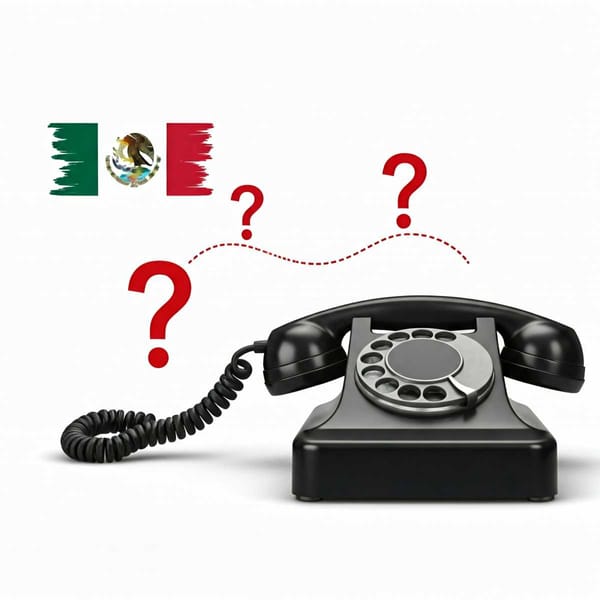The origins of Mesoamerica and Mexico
Historically, Mesoamerica extended from Sinaloa and Zacatecas in Mexico to Central America. The area is intricate and mountainous, with all kinds of weather and scenery, so that the range of resources is vast.

There are only six known places in the world where civilization originated. In Egypt, Mesopotamia, China, and India, cities grew on the banks of great rivers; in Mesoamerica and the Andes, they were founded in mountainous regions. Mesoamerica stretched from Sinaloa and Zacatecas in Mexico to Central America. It is a complex and mountainous area with all climates and landscapes, so the variety of resources is enormous.
Furthermore, the valleys with fertile land and abundant water are numerous and supported a large number of people. The different regions of Mesoamerica exchanged their typical products; thus, the contact between the diverse cultures facilitated the diffusion of ideas and discoveries. As a result, all the peoples of Mesoamerica shared similar beliefs and customs regarding religion, politics and the organization of society. For millennia American man had to overcome great difficulties to achieve civilization.
Forty thousand years ago, in the Ice Age, the man crossed the Bering Strait and colonized the American continent. The retreat of the glaciations gave rise to a new climate with a rainy season and a dry season, so human groups had to adapt: they based their diet on fruits, herbs, and seeds, selected the most productive plants, and finally managed to domesticate them. In order to survive, humans built their houses near their plantations; this is how the first villages arose, where pottery, trade, community life, politics, and religion developed.
Man's first traces in Mexico
The first people to arrive on the American continent came from northern Asia. Forty thousand years ago they crossed the Bering Strait when the sea level dropped and a land bridge was formed between Alaska and Siberia. Moving inland, some groups reached what is now Mexico. Little is known about the way of life of these early settlers: they were organized in small groups and wandered continuously in search of food.
They made tools of stone, bone, and wood with which they captured and butchered animals; they used their meat and skins. Few traces of these ancient inhabitants have been discovered in Mexico: only a few tools in San Luis Potosí, Puebla, and the Valley of Mexico. An important find made near Mexico City was a bone with cuts and perforations known as the Sacro de Tequixquiac, which is one of the earliest works of art on the American continent.
Olmec culture (1200-400 B.C.)
By 1200 B.C., some villages had grown into towns with more than a thousand inhabitants. In these villages, the first specialists emerged, people who were engaged in only a few trades: some made clay pots or instruments of basalt and obsidian, others made ornaments of shells and fine stones that they exchanged for objects brought from far away, such as jade from Guatemala or obsidian from Hidalgo. With Olmec artisans and traders, arts and techniques flourished. In Tabasco and Veracruz, they sculpted enormous stone heads and carved exquisite jade and serpentine figurines. In Guerrero they built temples and stone tombs adorned with sculptures; in Oaxaca, they made mirrors with hematite crystals, and in central Mexico, they made ceramic pieces of great artistic value. The Olmec culture, known as the "mother culture", laid the foundations for the great civilizations of Mesoamerica.
La Venta (900-400 B.C.)
With the Olmecs, ceremonial centers emerged. La Venta, established on a marshy island near the mouth of the Tonalá River in Tabasco, was 2,500 years ago one of the main populations of Mesoamerica. In its highest part, an enormous conical pyramid of more than 30 m high was erected; around it, large earthen platforms, terraces, and plazas decorated with colored clay were built. All the buildings were oriented from south to north along a central axis; in the lands near the axis, the ancient inhabitants buried enormous offerings of fine stones, basalt sculptures, and jade and serpentine figurines. In La Venta, a sandy place, there was no stone; from the sierra de los Tuxtlas, dozens of kilometers away, they transported enormous blocks of basalt, with which they sculpted stelae, altars or thrones, and the famous colossal heads, which perhaps represented some ruler.
Cuicuilco (400 B.C.-1 A.D.)
In the villages where priests, rulers, and artisans lived, large temples were built, commonly known as pyramids, to worship the gods, and large plazas where people from neighboring villages came to celebrate festivals and exchange products. Cuicuilco was one of the most important centers of central Mexico; in its time, it dominated the south of the Valley of Mexico, then a region of lakes, forests, and farmland. In the center of the site, a circular temple of almost 20 m high was erected; around it, there were terraces and stone altars and at the edges of the town, the peasants lived next to their milpas (cornfields). Because of the size of the constructions, it is believed that thousands of people lived in Cuicuilco. In its last years, it came into conflict with the other great power of the Valley of Mexico, Teotihuacan, but the eruption of the Xitle volcano put an end to the rivalries: it destroyed Cuicuilco covering it with lava and ashes.
Palenque (400-800 A.D.)
Ancient Mayan city located in the middle of the jungle of Chiapas. Its first ruler was Bahlum Kuk I, who originated the first Palenque dynasty around 430 AD. In its time of splendor, the city had tens of thousands of inhabitants organized in a rigid social pyramid: at the top were the ruler and his closest relatives; then, the noble families composed of priests, warriors, and scribes; further down, artisans, musicians and potters, and at the base, peasants, and slaves who supported the rest of the population with their work. The kingdom of Palenque had constant battles with its neighbors. Sometimes it was necessary to make alliances through marriages between the children of the caciques or rulers. Palenque lost its power after 800 A.D., and although the city retained part of its population, no new monuments were erected. It was abandoned shortly thereafter.
El Tajin (300? -1100 A.D.)
Named after Tajin, god of lightning among the Totonac peoples, this city dominated northern Veracruz between 300 and 1100 AD. The site is located between hills modified by terraces and large stone walls. In the ceremonial center of the city, pyramids were erected decorated with fretwork, niches, stone cornices, and sculptures; the most famous construction is the pyramid of the Niches, which had a niche for each day of the year (365). Its ball courts are famous -more than eleven- decorated with reliefs showing sacrificed players. The architecture and artistic style of this city extended between the Huasteca and the mountains of Puebla, which suggests its dominion over a region with varied natural resources that it sold to towns in central Mexico and the Mayan area. El Tajin survived several centuries to the collapse of Teotihuacan and the Mayan cities before being abandoned.
Pacal (603-683 A.D.)
He is the most famous of the rulers of Palenque; his name means shield. Son of Kan Bahlum Mó and Zak Kuk. He was a member of the highest nobility. He was considered a divine being, and his mother, the First Mother, the one who gave origin to the gods of creation. He ascended from the age of 12 to the government of the city, although his mother held the reins of power while he was alive. Pacal was a great architect and excellent artist; during his reign, the temple of the Count and the Forgotten Temple was built, and the palace where he lived with family and servants was enlarged. His greatest work was his tomb: the temple of the Inscriptions. It consisted of a stone sarcophagus inside a crypt to which one descended from the top of the temple. Pacal lived almost eighty years; he had two sons who later became rulers of Palenque: Chan Bahlum and Kan Xul.




